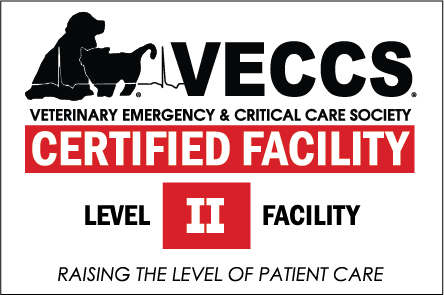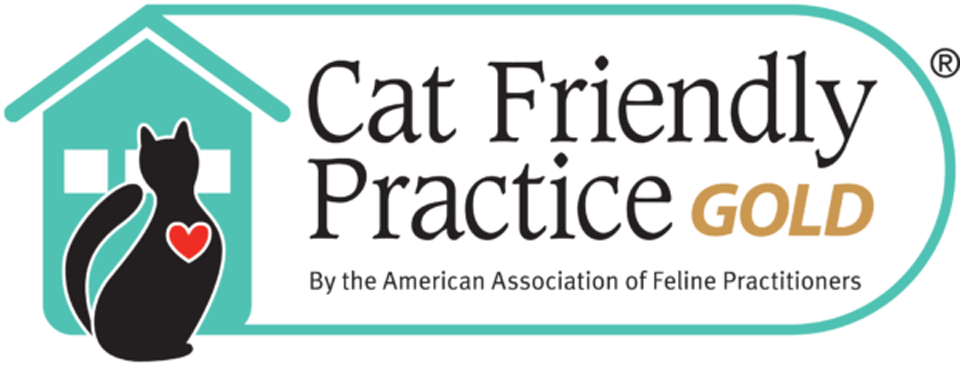Nutritional support is often a vital part of a patient’s treatment plan. On the Internal Medicine service, we routinely place feeding tubes to provide adequate energy and protein to out patients.
Esophagostomy tube – “E-tube”
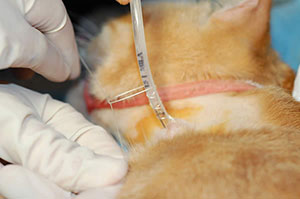
The simplest feeding tube is the esophagostomy tube; this is placed under brief anesthesia into the upper esophagus. These tubes can be left in for several weeks, if necessary.
This image shows an E-tube being secured after placement. The cat is still under anesthesia.
Gastrostomy tube – “PEG tube”
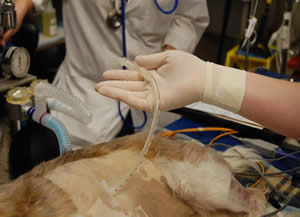
This is a percutaneous endoscopic gastrostomy tube. This is placed into the stomach, using an endoscope.
In this image, PEG tube can be seen coming out of the patient’s side. The PEG tube is secured in the stomach by an inflatable ring, and can stay in place for many months.
Jejunostomy tube- “J-tube”
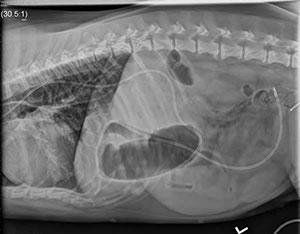
If necessary, a jejunostomy tube can be placed via the PEG tube or using fluoroscopy. With a J-tube, food bypasses the stomach and enters directly in to the small intestine. This is particularly helpful if patients are vomiting or have undergone recent intestinal surgery.
This image shows a J-tube which was placed via the nose, using fluoroscopy.


